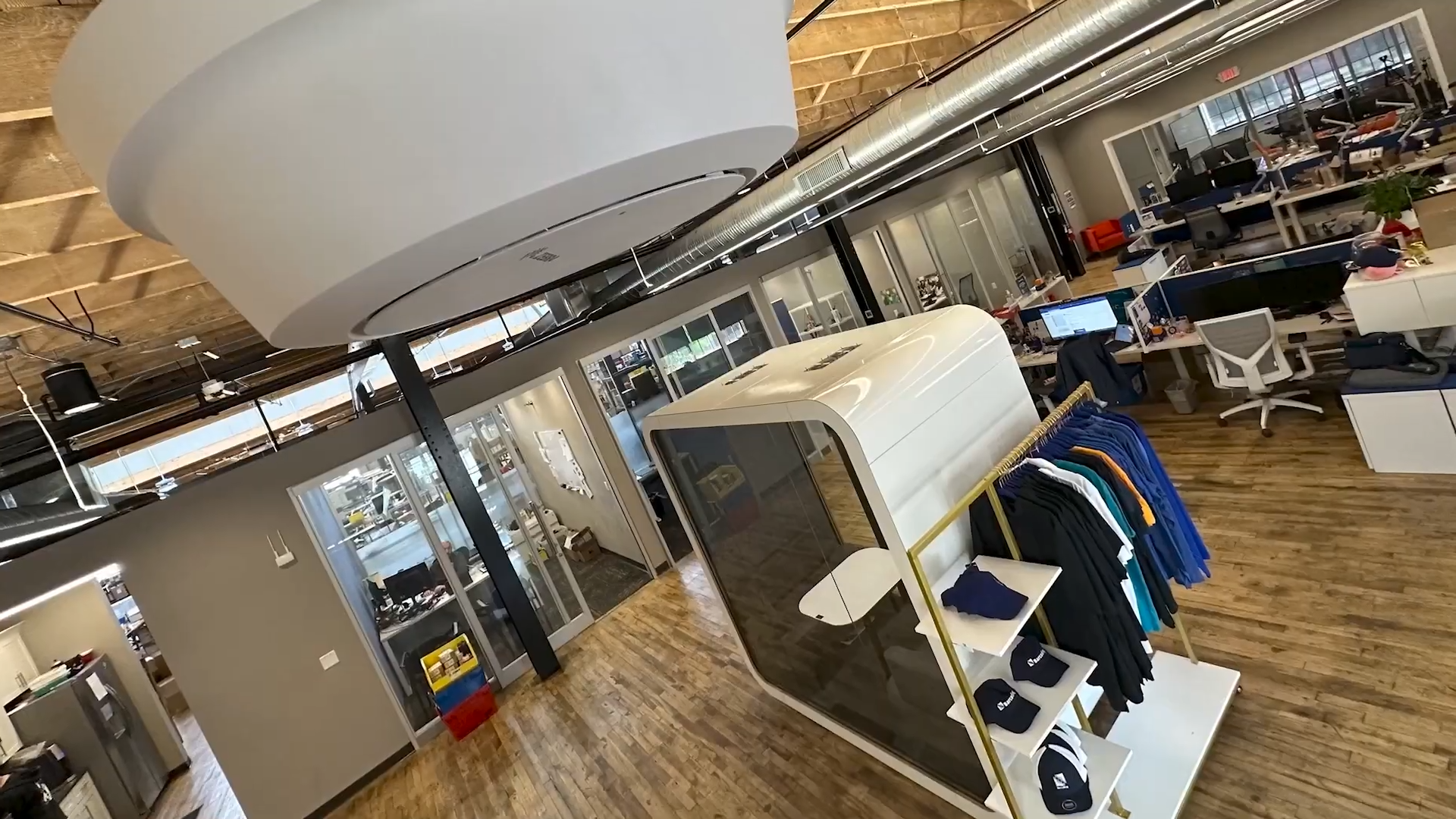Think about the last time you found an empty store shelf instead of the product you were searching for. What did you do? Research suggests that about half (49%) of shoppers buy a substitute item, 39% give up and leave, and 12% go to a competitor to find what they need.
When a customer has made the choice to visit a brick-and-mortar retailer in search of a specific product, that retailer has one promise to keep: on shelf availability (OSA). In an industry in which success depends on customer satisfaction and loyalty—and where omnichannel fulfillment adds even more complexity to operations—retailers are increasingly focused on OSA.
But retail suppliers should be just as concerned about facilitating and supporting OSA. Why? For starters, better OSA rates support higher sales. NielsenIQ estimates that in 2021, 7.4% of consumer packaged goods sales weren't achieved due to out-of-stocks or “out-of-shelf” items—at a cost of $82 billion over just one year.
OSA is a key factor for both retailers and suppliers for its impact on customer satisfaction, retailer and brand loyalty, and opportunities for lifting sales.
What is On Shelf Availability?
OSA is exactly what it sounds like: a performance indicator that measures how successfully suppliers and retailers ensure their products are on the shelf and available for purchase, not just in stock.
After all, “in-stock” can mean a lot of things, like on the wrong shelf, used in a display, in storage or a back room, non-saleable due to damage, still wrapped on a pallet in receiving, or even straight-up gone—due to shrink or theft.
Today’s retail customers are demanding. They want the product they come for, when they come in for it, at the store they expect to carry it. If their preferred retailer doesn’t have it, customers can end up irritated, frustrated, disappointed and even angry—and no brand wants those emotional associations. If they find their product available on a competitor’s shelf it can be enough to lose their loyalty.
Factors That Impact On Shelf Availability
Fast-moving consumer products are the primary target for OSA metrics because they often have a short sales cycle time and high demand. The speed of consumer product sales can be amplified by factors like seasonality, special promotions, and consumer trends.
OSA is also subject to supply chain forces. It can be impacted by store formats, placement and merchandising, day of the week, overall inventory levels, and the distribution methods used to supply a given store. One common reason products don’t reach store shelves is damage in transit; shipments may be marked received, but on inspection are found non-saleable.
Retailers’ increasing adoption of omnichannel fulfillment and ecommerce with a buy-online-pickup-in-store (BOPIS) option have added further layers of complexity and challenge to meeting their OSA goals. And the ongoing shortage of retail workers isn’t exactly news but when it comes to OSA, it’s certainly noteworthy.
But consumers don’t give much thought to why a product isn’t available. They want what they want, when they want it, from their favorite retailer—or any competitor down the street.
Why Suppliers Share an Interest in OSA
Supplier-retailer relationships depend on vendors’ reliability to help keep stores fully stocked with products consumers come in for. Those consumer must-haves keep store traffic dependable and draw consumers in to be tempted by fresh new product offers that bring novelty to the customer experience and inspire impulse purchases that add revenue. Miss out on a key hero product, and retailers’ merchandising and traffic strategies are less effective, creating a ripple effect on revenue.
OSA is so critical at retail that suppliers can face penalties and fines if they fail to deliver shipments on time and in full. And stores that fail to dependably monitor and replenish shelves are less likely to get priority service. Without successful stores, suppliers aren’t selling products, either.
Moving the OSA Needle Together
With an increasing number of retailers requiring RAIN RFID source-tagging on items arriving at distribution centers, many suppliers have already invested in adding the technology-enabled tags.
RAIN RFID allows retailers to track inventory in real-time, from the moment it arrives at the store to the moment it is sold. The technology uses radio waves to communicate between tags attached to products and readers throughout the store (fixed or mobile). By tracking inventory in real-time, retailers can quickly identify when products run low and restock shelves before they can run out and disappoint (or lose) customers.
In store, a solution like Zebra SmartLens™ for Retail Asset Visibility sensors take RFID technology a step further by providing real-time visibility into locations of products within the store. The sensors use a combination of RFID, image recognition, and video analytics to track product movements, identify when items are moved to a wrong location, and get them back in place and available on the shelf where they can be easily found and purchased.
At the Barcoding Retail Experience Center, our customers now have the opportunity to see what’s possible at retail when they partner with Barcoding, Inc., and Zebra to increase on-shelf availability, reduce out-of-stocks, and improve customer satisfaction. Barcoding customers can learn how to:
- Improve customer experience with BOPIS
- Improve OSA and achieve 98% inventory accuracy
- Reduce product waste shrink rates by 27%
- Streamline replenishment
And what about suppliers’ investments in RAIN RFID? The operational applications span from receiving to shipping and touch virtually all points in between, providing:
- Real-time item-level inventory visibility
- Faster cycle count times
- Automated data capture at virtually any point
- IoT integration for process automation
- Improved product traceability and partner data sharing
- Increased ROI on reusable transport containers and assets
Keep an eye out for future updates on the Barcoding Retail Experience Center and the technologies showcased on site! And learn more about the ways RAIN RFID is transforming distribution centers when you download our free infographic. Click here or below for your copy.







